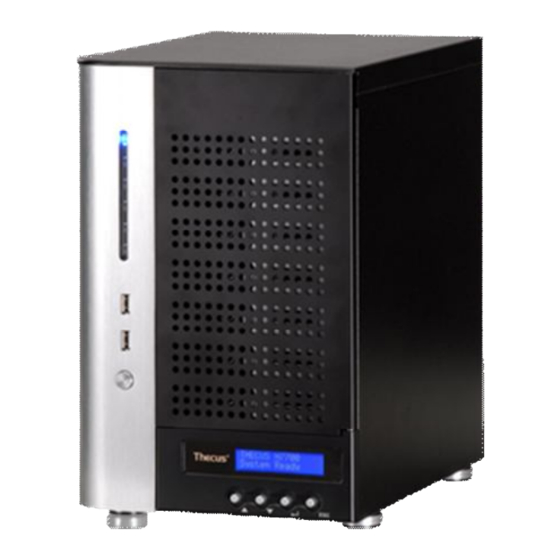
Thecus N2200 User Manual
Ip storage server n4200 series; n7700 series; n8200 series; n8800 series
Hide thumbs
Also See for N2200:
- User manual (98 pages) ,
- User manual (118 pages) ,
- User manual (185 pages)
















Need help?
Do you have a question about the N2200 and is the answer not in the manual?
Questions and answers